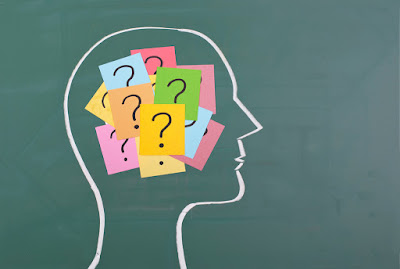Memory plays a huge part in one’s life. In learning, the brain is made stronger and more robust with the help of enhanced memory. In aging, using an individual’s various skill sets well into their older years, as well as remembering abilities, partly rely on memory.
 |
| Image source: eideticmemorytest.com |
In brain function, memory is one of the most important aspects because, as Crossroads Institute notes, it “defines who we are, what we know, and how we utilize what we know.”
There are three categories of memories, namely short-term, intermediate or working, and long-term memory. Short-term memory can be measured using digit spans. It is done by letting the participants see or hear a sequence of numbers, and then checking if they were able to recall the digits correctly, either in the normal or reverse order. The longest sequential numbers they accurately remember serves as the digit span. The digit span is a representation of how much information any person can retain at any point in time.
There are two ways of determining the digital span: either using auditory or visual triggers. If these digit spans are lower than the normal for a person at their age, or there is a significant disparity between the two, the individual could experience learning or behavioral problems.
 |
| Image source: jn.physiology.org |
Dr. Curtis Cripe has a diverse background in various fields, including neuroengineering, psychology, psychophysiology, addiction recovery, brain injury, and child neurodevelopment. For more information about him, visit this LinkedIn page.